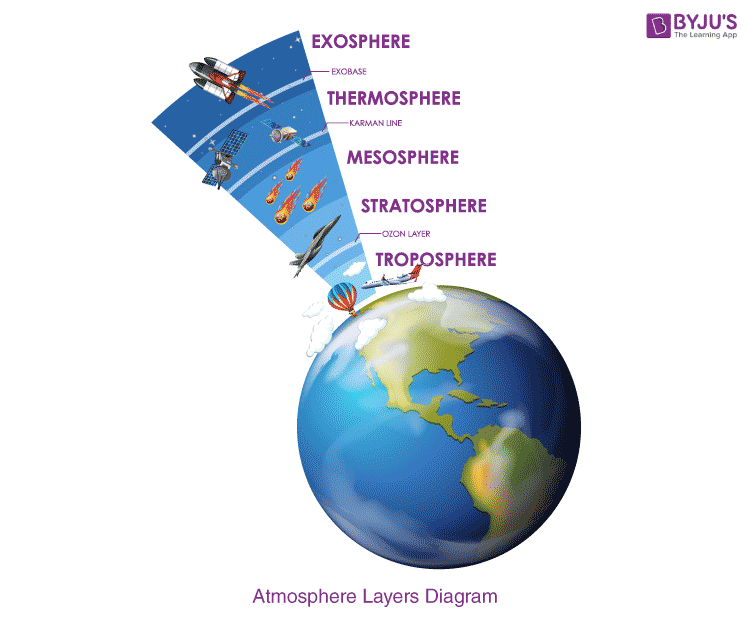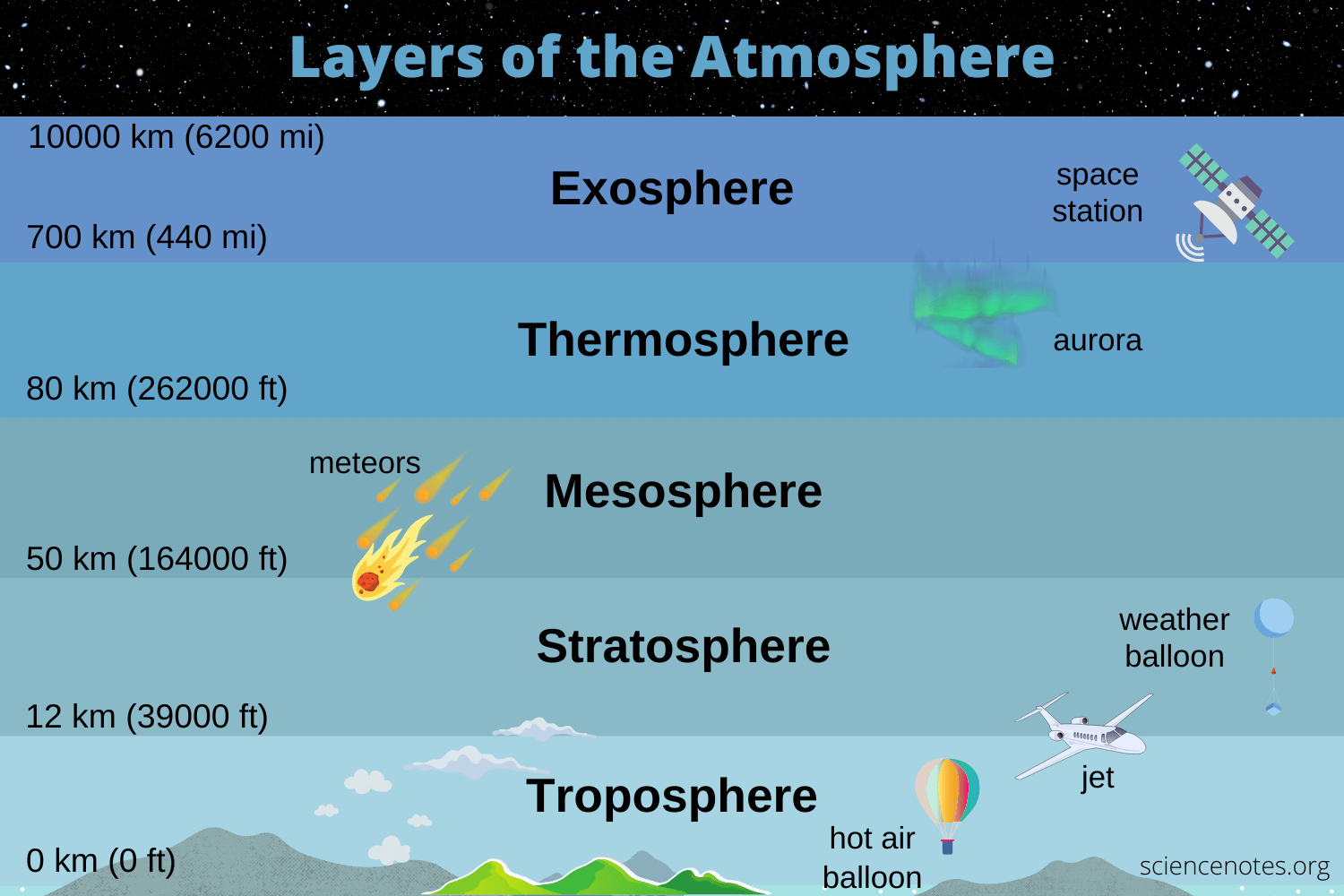Which of the Following Correctly Characterizes One of Earth's Atmospheric Layers?
Earth's atmosphere is a complex and dynamic system composed of several layers that play vital roles in supporting life on our planet. Each layer has distinct characteristics and functions, and understanding them is crucial for comprehending various atmospheric phenomena. In this article, we will explore one of Earth's atmospheric layers and provide an accurate characterization of its properties.

Layers of The Atmosphere
1. The Troposphere:
Earth's Lowermost Layer The troposphere is the lowest layer of Earth's atmosphere, extending from the surface up to an average height of about 8-15 kilometers.
It is the layer where weather events occur and is characterized by decreasing temperature with increasing altitude.
The troposphere contains most of the atmosphere's water vapor, clouds, and air pollutants. It plays a crucial role in regulating climate patterns and supporting life on Earth.
2. The Stratosphere:
Home of the Ozone Layer Above the troposphere lies the stratosphere, extending from approximately 15 to 50 kilometers above the Earth's surface.
One of the defining features of the stratosphere is the presence of the ozone layer, which absorbs and filters out a significant portion of the Sun's ultraviolet (UV) radiation.
This layer acts as a shield, protecting life on Earth from harmful UV rays.
Additionally, the stratosphere exhibits a temperature inversion, with temperature increasing as altitude rises due to the absorption of UV radiation by the ozone.
3. The Mesosphere:
Earth's Middle Layer Beyond the stratosphere lies the mesosphere, extending from about 50 to 85 kilometers above the Earth's surface.
In this layer, temperature decreases with increasing altitude, reaching extremely cold temperatures.
The mesosphere is known for its role in the atmospheric phenomenon of noctilucent clouds, which are high-altitude, thin, and glowing clouds that appear near the polar regions during summer months.

Layers of The Atmosphere
4. The Thermosphere:
A Layer of Extreme Temperatures Above the mesosphere is the thermosphere, extending from around 85 kilometers to several hundred kilometers above the Earth's surface.
The thermosphere experiences extremely high temperatures due to the absorption of intense solar radiation.
However, despite the high temperatures, the thermosphere would not feel warm to human touch due to its extremely low density.
This layer is home to the auroras and plays a significant role in radio communication and satellite operations.
5. The Exosphere:
The Outermost Layer The exosphere is the outermost layer of Earth's atmosphere, merging with the vacuum of space.
It extends from the upper boundary of the thermosphere to thousands of kilometers above the Earth's surface.
The density of particles in the exosphere is extremely low, and it mainly consists of individual atoms and molecules.
Satellites orbit the Earth within this layer, and it is where atmospheric gases gradually dissipate into space.
Earth's atmosphere is composed of several layers, each with its distinct characteristics and functions. Understanding these layers and their properties is essential for comprehending the complexities of atmospheric phenomena and their impact on life on Earth. From the troposphere, where weather events occur, to the exosphere, merging with space, each layer plays a crucial role in maintaining the delicate balance of our planet's atmosphere. By characterizing and studying these layers, scientists and researchers can gain valuable insights into Earth's climate, weather patterns, and the impact of human activities on our environment.